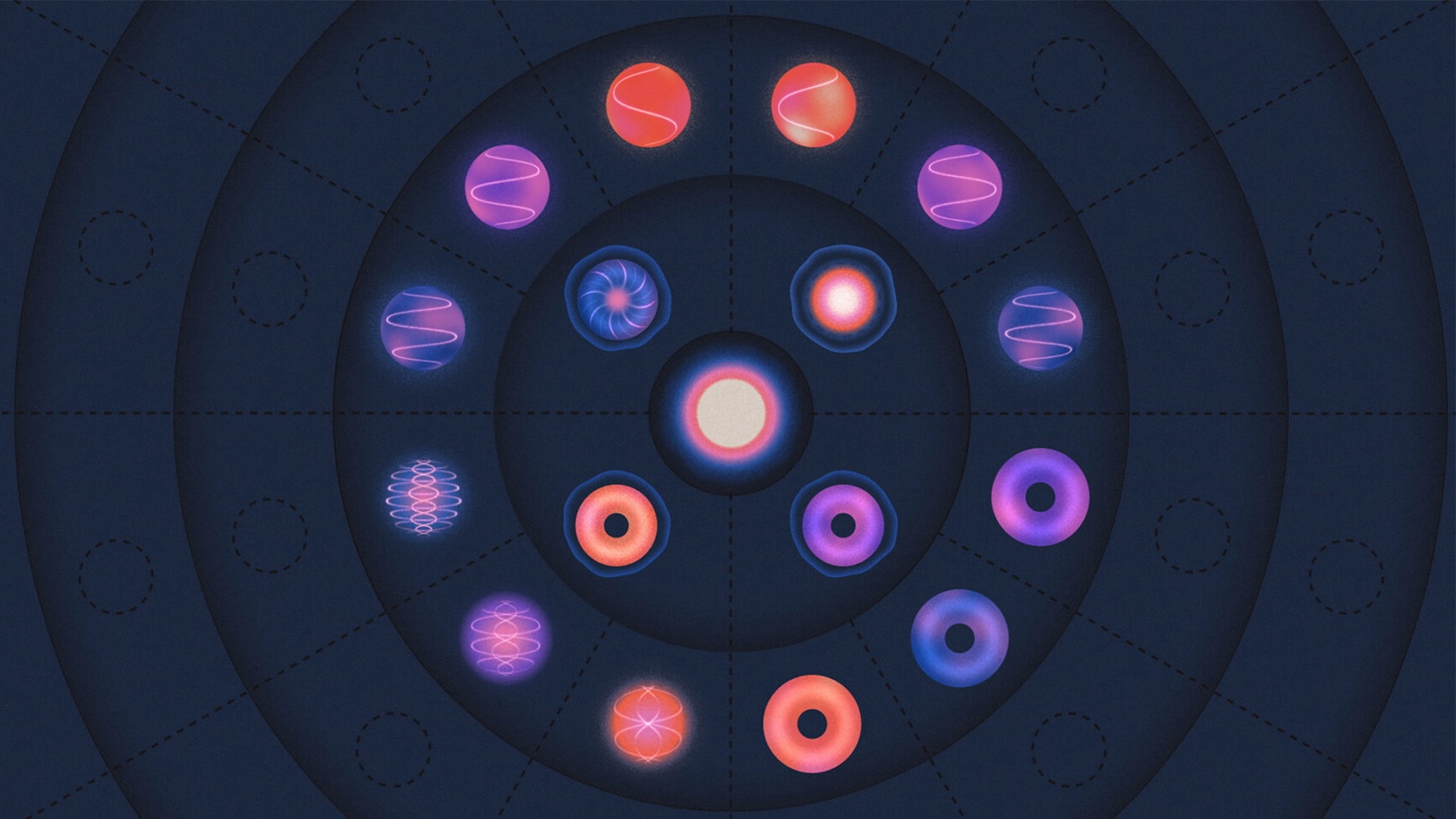
What is the Standard Model? The Standard Model is a theory in physics that explains how the basic building blocks of the universe interact. It describes three of the four fundamental forces: electromagnetic, weak, and strong interactions. This model includes particles like quarks, leptons, and bosons. Quarks combine to form protons and neutrons, while leptons include electrons. Bosons are force carriers, like the photon for electromagnetic force. Despite its success, the Standard Model doesn't explain gravity. Scientists use it to predict particle behavior and have confirmed many predictions through experiments. Understanding this model helps us grasp the universe's fundamental workings.
Key Takeaways:
- The Standard Model is like a blueprint for understanding the universe at its smallest scales, describing particles, forces, and interactions, but it doesn't include gravity.
- The discovery of the Higgs boson in 2012 confirmed the existence of the Higgs field, which gives particles their mass and is a crucial part of the Standard Model.
What is the Standard Model?
The Standard Model is a theory in physics that explains how the fundamental particles and forces interact. It's like a blueprint for understanding the universe at its smallest scales. Here are some fascinating facts about this model.
- The Standard Model describes three of the four fundamental forces: electromagnetic, weak, and strong nuclear forces.
- It does not include gravity, which is described by Einstein's theory of general relativity.
- The model includes 17 fundamental particles, divided into quarks, leptons, and bosons.
- Quarks come in six types: up, down, charm, strange, top, and bottom.
- Leptons also come in six types, including the electron, muon, and tau, along with their corresponding neutrinos.
- Bosons are force-carrying particles, like the photon for electromagnetic force and the gluon for strong nuclear force.
- The Higgs boson, discovered in 2012, gives other particles mass through the Higgs field.
Quarks and Leptons
Quarks and leptons are the building blocks of matter. They combine in various ways to form everything we see around us.
- Protons and neutrons are made of quarks. Specifically, protons consist of two up quarks and one down quark.
- Neutrons consist of two down quarks and one up quark.
- Electrons, a type of lepton, orbit the nucleus of an atom.
- Neutrinos are nearly massless particles that rarely interact with matter, making them hard to detect.
- Quarks are never found alone; they always pair up to form particles like protons and neutrons.
Forces and Interactions
The Standard Model explains how particles interact through fundamental forces. These interactions are crucial for the structure of matter.
- The electromagnetic force is responsible for electricity, magnetism, and light.
- The weak nuclear force is responsible for radioactive decay.
- The strong nuclear force holds the nuclei of atoms together.
- Each force has a corresponding boson: photon for electromagnetic, W and Z bosons for weak, and gluons for strong.
- The Higgs field is a unique field that gives particles their mass.
The Higgs Boson
The Higgs boson is a cornerstone of the Standard Model. Its discovery was a monumental achievement in physics.
- The Higgs boson was predicted in 1964 by Peter Higgs and others.
- It was discovered at CERN's Large Hadron Collider in 2012.
- The discovery confirmed the existence of the Higgs field, which permeates the universe.
- Without the Higgs field, particles would have no mass, and the universe would be very different.
Limitations and Future Prospects
While the Standard Model is incredibly successful, it has limitations. Scientists are working to address these and expand our understanding.
- The model does not explain dark matter, which makes up about 27% of the universe.
- It also does not account for dark energy, which is driving the accelerated expansion of the universe.
- Gravity is not included in the Standard Model, leading to efforts to develop a theory of quantum gravity.
- Researchers are exploring beyond the Standard Model with theories like supersymmetry and string theory.
Final Thoughts on Standard Models
Standard models shape our understanding of the universe. They provide a framework for explaining fundamental particles and forces. From quarks to leptons, these models help scientists predict behaviors and interactions. They’re not just theoretical; experiments like those at CERN confirm their accuracy. Understanding these models can lead to advancements in technology, medicine, and even space exploration. They’re a cornerstone of modern physics, guiding researchers in their quest for knowledge. While complex, they offer a glimpse into the building blocks of everything around us. As science progresses, these models will evolve, but their importance remains. They’re a testament to human curiosity and the drive to understand our world. Keep exploring, keep questioning, and who knows what new discoveries await?
Frequently Asked Questions
Was this page helpful?
Our commitment to delivering trustworthy and engaging content is at the heart of what we do. Each fact on our site is contributed by real users like you, bringing a wealth of diverse insights and information. To ensure the highest standards of accuracy and reliability, our dedicated editors meticulously review each submission. This process guarantees that the facts we share are not only fascinating but also credible. Trust in our commitment to quality and authenticity as you explore and learn with us.
